#Niccolò dell’Arca
Photo
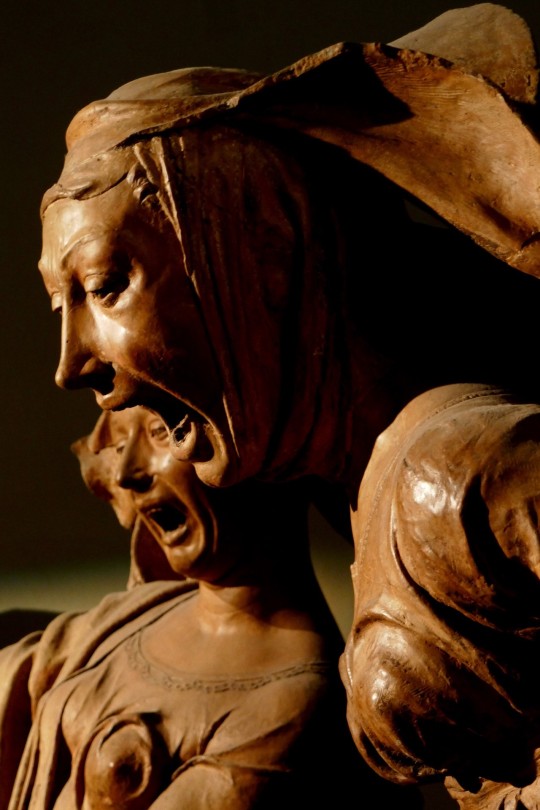
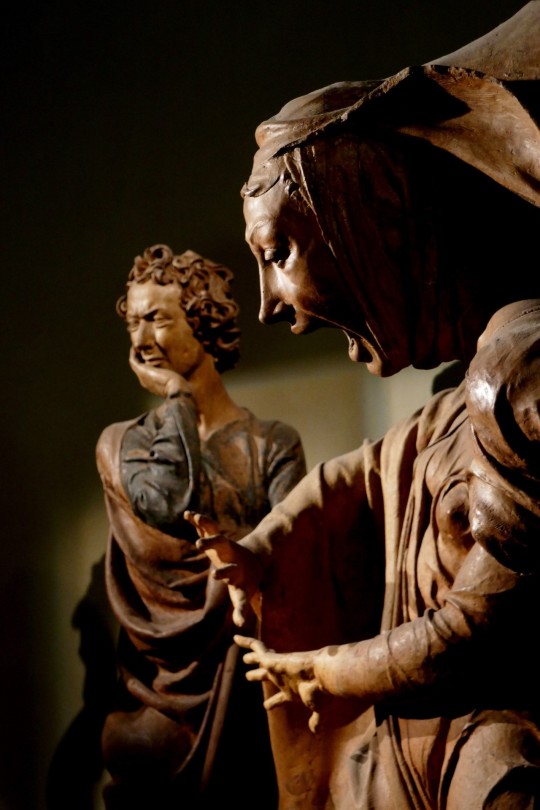
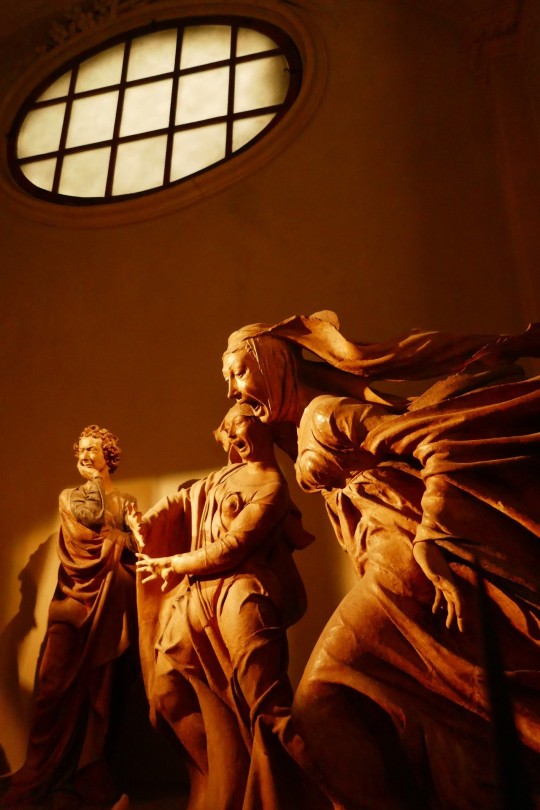


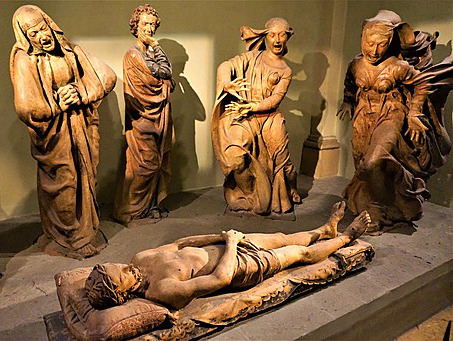

Niccolò dell’Arca (Italian, 1435-1494)
Lamentation over the Dead Christ - terrracotta - 1463
detail - Mary Magdalene with Mary of Cleophas behind
detail - Mary Magdalene with John the Evangelist behind
detail - Mary Magdalene with Mary of Cleophas & John the Evangelist behind
detail - Mary of Cleophas
detail - Mary Magdalene with Mary of Cleophas & John the Evangelist behind
detail - Christ with the Madonna, Saint John, Mary of Cleophas and Mary Magdalene behind
Niccolò dell’Arca - complete seven-figure grouping of Lamentation over the Dead Christ - terrracotta - 1463
Lamentation over Dead Christ is a sculptural group of seven terracotta figures housed in the “Sanctuary of Santa Maria della Vita” — a Baroque church in Bologna, Italy.
The work is composed of life-size figures in terracotta displaying dramatic pathos. The expressions of grief and torment on the faces is intensified by the realism of their dramatic facial details.
Christ is at the center lying with his head reclining on a pillow. Around him are the other figures, Mary of Cleophas and at the feet of Christ, Mary Magdalene, torn by pain with clothes swelled by the wind.
The other figures are more composed, even as their faces show their pain and grief. The Madonna has her hands folded and clenched.
Mary, the mother of James the Greater and John the Evangelist, is shown squeezing her thighs in a gesture of regret, while Saint John is silently weeping, with a palm under his chin.
Detached from the other witnesses is the figure kneeling in Renaissance clothes, on the left, representing the artist Giuseppe D’Arimatea and looking towards the observer.
The drama and the pathos of some of these figures are unrivaled in the art and culture of the time. Scholars argue that Niccolò dell’Arca drew inspiration from the realistic sculpture of Burgundy, with its focus on Renaissance Humanism. The Burgundian elements in his sculpture are attributed by some art historians to his work in Naples with the Catalan sculptor Guillem Sagrera who influenced by his style. Others reject this theory and suggest that he traveled to France in the late 1460s and then worked in Siena, where he was influenced by the works of Jacopo della Quercia and Donatello.
The theme of the Lamentation of Christ is common in medieval and Renaissance art, although this treatment by Niccolò dell’Arca is unusual for the period.
more
#art by others#other's artwork#Niccolò dell’Arca#sculpture#terracotta#lamentation#Christ#Mary Magdelene#life-size
110 notes
·
View notes
Text
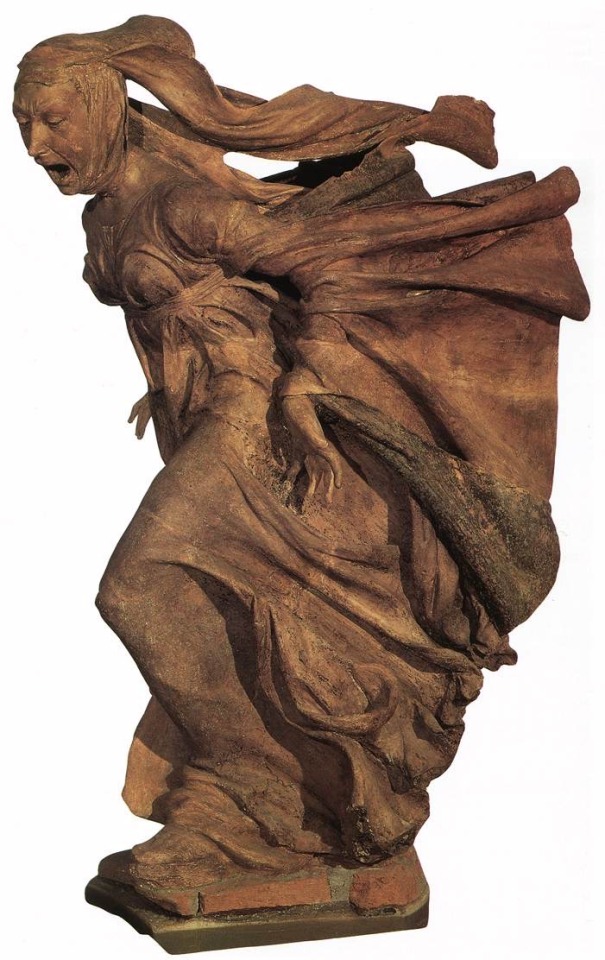
1463 Lamentation over the dead christ
: Niccolò dell’Arca
4K notes
·
View notes
Text

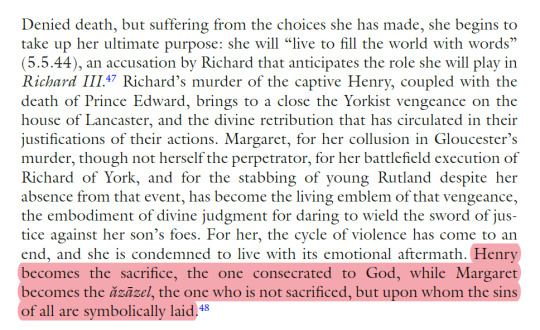
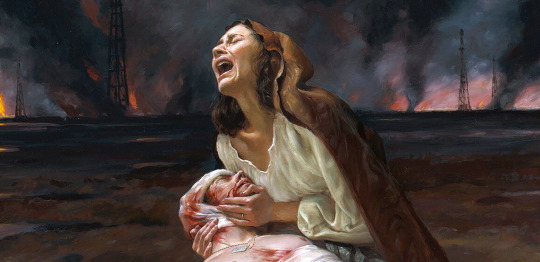

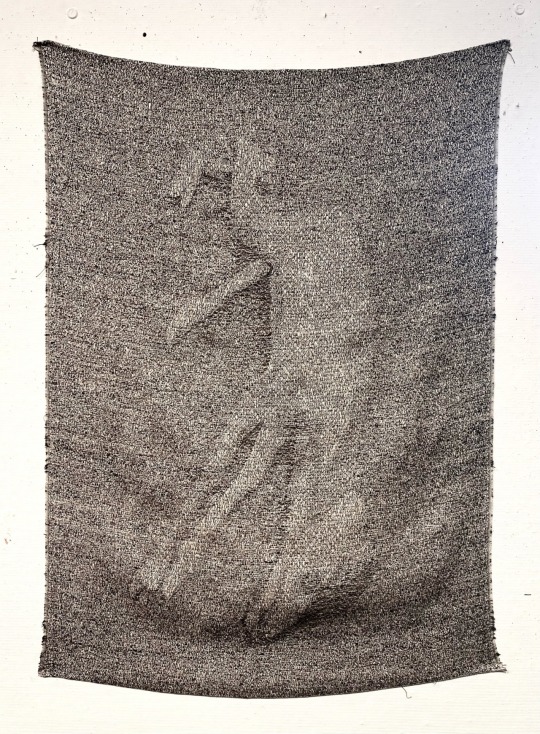

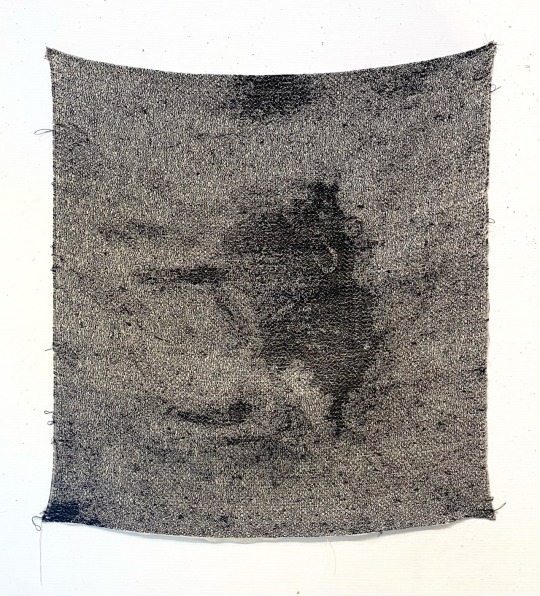
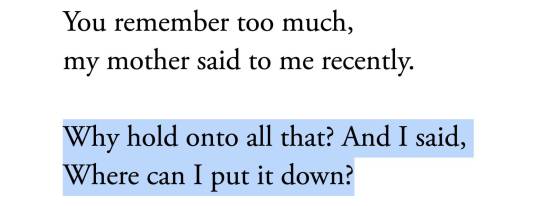

Margaret of Anjou After Tewkesbury
Niccolò dell’Arca, Lamentation over the Dead Christ (figure of Mary Madgalene), 1463 | Sandra Logan, Shakespeare's Foreign Queens: Drama, Politics and the Enemy Within | Max Ginsberg, War Pieta (detail) | Livi Michael, Accession | Anneliese Merrigan, To All the Bodies I've Dreamt of Carrying in Absence of Yours | Anne Carson, 'The Glass Essay', Glass, Irony & God | Margaret (Katy Stephens) and the remains of her son, Richard III (RSC, Michael Boyd 2007).
89 notes
·
View notes
Text
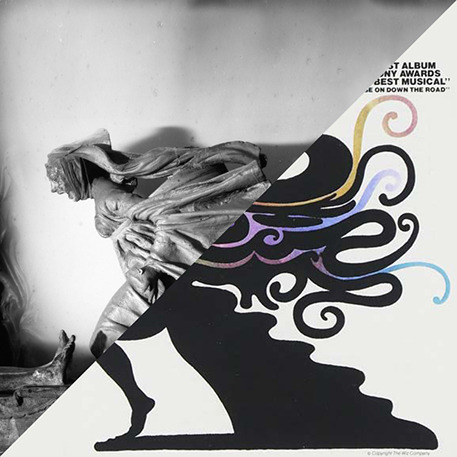
Niccolò dell’Arca, Lamentation of Christ, Sanctuary of Santa Maria della Vita, Bologna, Italy, 1463-1490 © Pietro Poppi
VS
Milton Glaser, The Wiz, album cover, 1975
#niccolò dell'arca#bologna#scultpure#statue#santa maria della vita#italian art#renaissance#rinascimento#terracotta#art#milton glaser#the wiz#graphic design#graphic designer
69 notes
·
View notes
Text
SET SIXTEEN - ROUND TWO - MATCH THREE
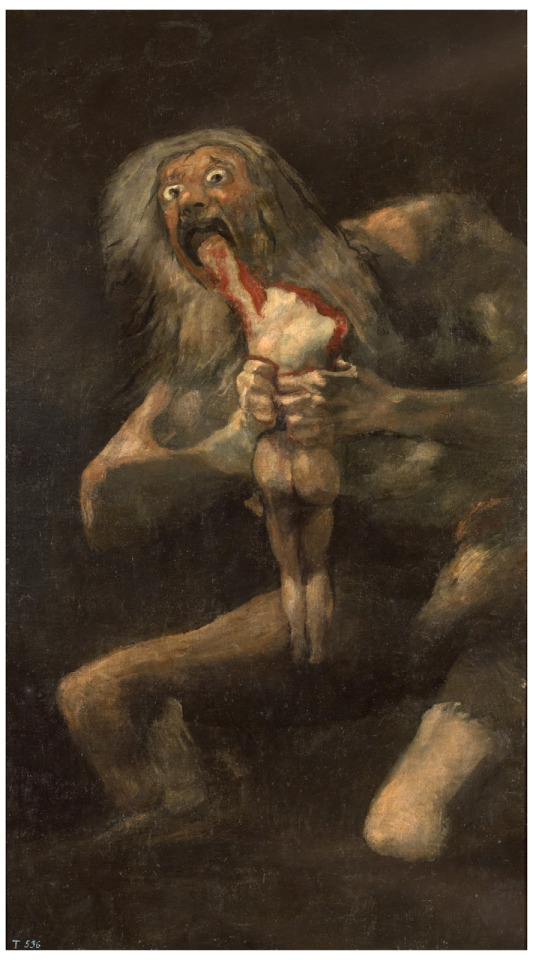
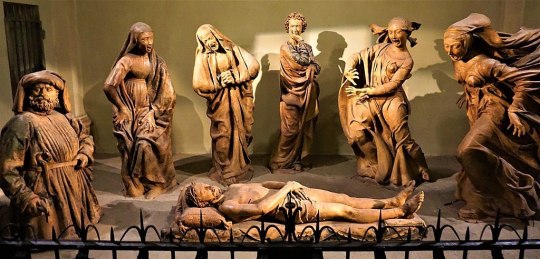
"Saturn Devouring His Son" (c. 1819–1823 - Francisco Goya) / "Lamentation over the Dead Christ" (1463 & 1490 - Niccolò dell’Arca)
SATURN DEVOURING HIS SON: I am deathly afraid of ever seeing Saturn Eating His Son by Francisco Goya in person, I would simply sit down in front of it and stare, no thoughts, immobile for hours. This is one of Goya's black paintings, art pieces that he made during his deaf depression isolation years, he rarely had any visitors so these paintings were only discovered after his death. All of them were rendered directly onto the walls of the house, Saturn being in his dining room. The name Saturn Eating His Son is not technically official because he gave no names to his paintings. Can you imagine being Goya? Completely deaf after witnessing and portraying the horrors of war, eating your dinner staring at this? A terrifying painting of your own creation, made in dark hues because you keep your windows closed at all times, you never expressed these emotions to anyone so you feel like you have to them, and have to look at it every single day, deaf to the sounds around you and almost no light but the candles, eating your sad flavorless meal staring at a nameless giant who would one day be Saturn, eviscerating a man with his teeth, a horror of your own creation. You're basically in a sensory deprivation tank and the only thing you can perceive is a committing atrocities. Does the demon mean anything specific to you or are you the man being devoured? This painting haunts me. I hope Goya found peace in his afterlife. (@athenasabattoir)
LAMENTATION OVER THE DEAD CHRIST: The Feeling: Terrible, gut-wrenching, nauseating sadness akin to the grief from the loss of a parent (or child), mixed with an equally terrible fear of the greatness of the Almighty, which leaves me sobbing whenever I look upon them for too long. After the sobbing, heaving catharsis there is the hope filled knowledge of the Resurrection and joy of the coming Kingdom of Heaven. The Reason: Probably something innate within the soul from gazing upon (however hazy a reflection of) the Divine. (through-the-violets)
("Saturn Devouring His Son" is a 1819-23 mixed media mural transferred to canvas (originally painted on the wall of his dining room) by Spanish artist Francisco Goya during one of the darkest periods of his life. It measures 143.5 cm × 81.4 cm (56.5 in × 32.0 in) and is displayed at the Museo del Prado in Madrid.
"Lamentation over the Dead Christ" is a 1463 and 1490 terracotta piece spanning 7 life-sized figures done by Spanish sculptor Niccolò dell’Arca. It's currently located at the “Sanctuary of Santa Maria della Vita,” a Baroque church in Bologna, Italy.)
#art that fucks you up tournament#polls#atfyu polls#id in alt text#cw gore#cw blood#and saturn is still just a butt
31 notes
·
View notes
Photo


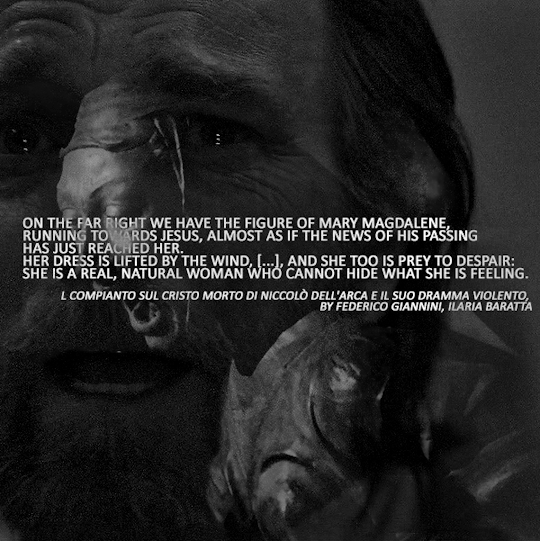
obi-wan kenobi as mary magdalene
donatello - antonio canova - niccolò dell’arca
#obi-wan kenobi#star wars#swedit#starwarsedit#obiwanedit#kenobisource#kenobi show#sw#swsource#my edit#mostly for caro <3 sorry i couldnt use that painting you like i couldnt think what scene to associate it with :(
56 notes
·
View notes
Text
L'angelo etereo e l'angelo terreno
Non esistono angeli più diversi fra loro al mondo, scolpiti per una sola opera. Uno esile e l’altro corpulento, uno etereo e l’altro più che terreno.
L’angelo che scolpii quando avevo diciannove anni è collocato nel registro inferiore dell’Arca di San Domenico, a Bologna, posto in pendant a quello che anni prima aveva realizzato Niccolò dell’Arca.
Etereo e distaccato dal mondo terreno quello di…
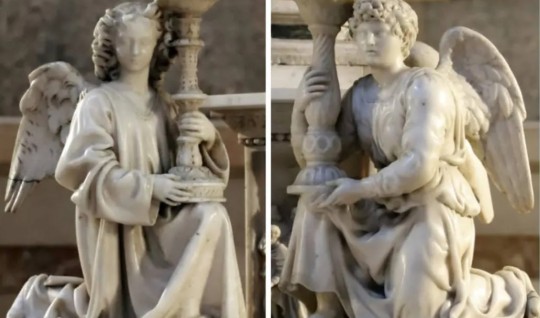
View On WordPress
#angelo reggicandelabro#antonietta bandelloni#art#artblogger#arte#artinfluencer#bellezza#Bologna#english#Michelangelo Buonarroti#sculpture#scultura
5 notes
·
View notes
Photo

Niccolò dell’Arca (Lamentation Over the Dead Christ)
4 notes
·
View notes
Text
46° anniversario dell'omicidio di Benedetto Petrone: la commemorazione organizzata dall'amministrazione comunale
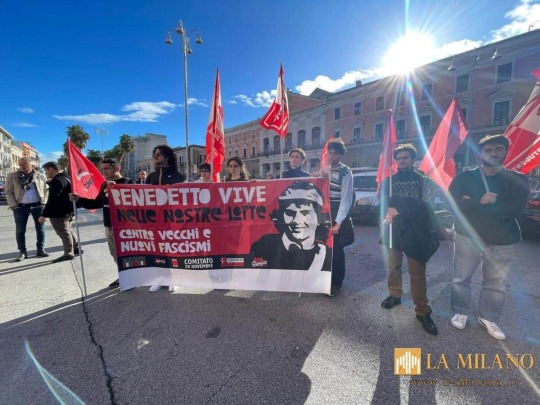
46° anniversario dell'omicidio di Benedetto Petrone: la commemorazione organizzata dall'amministrazione comunale.
Bari. Questa mattina, in occasione del 46° anniversario dell’omicidio di Benedetto Petrone, l’amministrazione comunale ha voluto ricordare il giovane militante comunista, ucciso da una squadraccia fascista, con la deposizione di una corona di fiori sotto il toponimo della strada di Bari vecchia a lui intitolata e, a seguire, presso la lapide commemorativa in piazza Libertà.
Alla cerimonia hanno partecipato il vicesindaco Eugenio Di Sciascio, i familiari e la sorella di Benedetto, Porzia Petrone, l’assessore regionale Giovanni Stea, Franco Intranò, anche lui accoltellato quella sera del 28 novembre 1977, e i rappresentanti del Comitato XXVIII Novembre.
“Come ogni anno, da 46 anni, ci ritroviamo qui con Porzia Petrone e con tutti voi, per ricordare la morte di Benedetto Petrone e la ferocia con cui questo giovane, militante comunista e antifascista, fu ammazzato in questa piazza - ha dichiarato Eugenio Di Sciascio -. In realtà, però, giornate come questa ci consentono di ricordarne la vita e la forza delle sue idee. Ogni volta che ci ritroviamo riuniti sotto questa lapide si rinnova lo spirito antifascista della città di Bari, che coltiviamo anche attraverso momenti come questo. Essere qui oggi, in piazza della Libertà, significa onorare il sacrificio di Benny Petrone che, con la sua militanza, ha difeso proprio quella libertà e la democrazia, che in quegli anni di furore ideologico erano forse ancora troppo fragili. Benny è entrato nella storia di questa città ed è nostro compito continuare a tenere vivo il ricordo di ciò che è successo, che non può e non deve essere archiviato come l’omicidio commesso da un fanatico psicolabile. Si è trattato, invece, come in molti hanno compreso già a poche ore da quel fatto di sangue, di un omicidio premeditato, perpetrato da esponenti della destra ai danni di un ragazzo, un operaio, un militante antifascista. Anche l’ultimo procedimento penale ha evidenziato la matrice politica e ideologica di quella terribile aggressione, il cui obiettivo, com’è scritto negli atti giudiziari, era quello di affermare una supremazia politica. Oggi, anche alla luce di quest’ultima inchiesta, possiamo affermare senza dubbio che Benedetto Petrone è un martire del fascismo, come scritto su questa targa, ed è per questo che continueremo a ricordare il suo omicidio insieme a una serie di altri eventi accaduti nella nostra città e legati alla lotta antifascista: penso alla strage di via Niccolò dell’Arca, al coraggio di Michele Romito e del popolo di Bari vecchia, al primo congresso dei Comitati di Liberazione Nazionale nel Teatro Piccinni, le voci libere di Radio Bari e l’impegno di Casa Laterza e degli intellettuali del circolo di Benedetto Croce. Proprio in queste ore, nell’androne di Palazzo di Città, grazie alla creatività del maestro Giuseppe Caccavale, stiamo realizzando un intervento artistico per ricordare l’80mo anniversario del primo incontro dei partiti e delle organizzazioni antifasciste, nel gennaio del 1944, in cui furono poste le basi per la libertà e la democrazia del nostro Paese. Noi crediamo che la verità della storia vada sempre coltivata e alimentata come antidoto alla violenza e al revisionismo: tocca a noi far sì che il fascismo, la cultura dell’odio e della sopraffazione vengano banditi per sempre dal nostro orizzonte, specie oggi che rischiano di insinuarsi nella nostra quotidianità in modo molto più subdolo, minando a poco a poco i diritti, le libertà e i valori condivisi. Ora e sempre resistenza!”.
“Ogni anno state qui accanto a me, oramai vi conosco tutti - ha detto Porzia Petrone -. Per me è una gioia perché significa che nessuno di voi ha dimenticato Benedetto e questa giornata. Bari ha fatto di Benny una bandiera, un simbolo della lotta antifascista e del contrasto alle ingiustizie. Ecco, stasera ci ritroveremo in piazza Chiurlia per ricordare, insieme all’Anpi e ad altri amici, Benedetto, e vorrei che vengano tanti giovani per discutere delle ingiustizie che stanno accadendo in tutto il mondo. Mi piacerebbe farlo proprio con loro, che sono il nostro domani e che dovranno fare in modo che ci siano sempre meno ingiustizie nel mondo”....
#notizie #news #breakingnews #cronaca #politica #eventi #sport #moda
Read the full article
0 notes
Note
Your tags on the Niccolò dell’Arca sculpture brought to mind Isaiah 42:14 a very cool passage 😎
Anon you have a beautiful mind
0 notes
Text
Una mostra su Ilario Fioravanti a Santa Maria della Vita
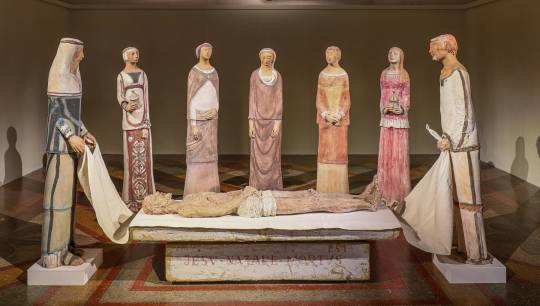
La mostra Ilario Fioravanti. Epifanie del dolore e della gioia, a Santa Maria della Vita, nel centro storico di Bologna, aperta fino al 25 settembre, fa parte del progetto 1922~2022 Fioravanti 100! che dallo scorso anno celebra con un calendario di eventi diffusi il centenario della nascita del grande artista.
Frutto della collaborazione tra Genus Bononiae e Il Vicolo - Sezione Arte di Cesena, la mostra è curata dall’architetto Marisa Zattini, fondatrice di Il Vicolo e grande conoscitrice dell’arte di Fioravanti ed è una scelta non casuale quella del complesso bolognese che ospita il Compianto sul Cristo morto di Niccolò dall’Arca, infatti il percorso espositivo, che si sviluppa nelle sale dell’Oratorio e del Museo adiacenti alla Chiesa di Santa Maria della Vita, apre un dialogo tra il capolavoro quattrocentesco e il Compianto realizzato da Fioravanti nel 1985, uno dei tre che egli plasmò nel corso della sua carriera, di solito ospitato dalla Chiesa del Suffragio di Longiano e oggi esposto a Bologna.
Si tratta di un compianto tradizionale, che nella produzione di Fioravanti si affianca a quello laico delle Putaske, esposto ora a Faenza nella chiesa sconsacrata di Santa Maria dell'Angelo con , le donne di strada che circondano la figura del Cristo morto, simbolo di uguaglianza e rispetto sacro per ogni creatura, e a quello delle Maddalene, radunate attorno al Cristo modellato nel 2007.
Il Compianto del 1985 è nell’Oratorio assieme alle quattro Maddalene (1982) e ad alcune gigantografie di disegni preparatori selezionati dai diari dell’artista.
Nella sala precedente, una selezione di opere dal tema sacro introduce al cuore della mostra, come una Via Crucis (1982) inedita, in terracotta ingobbiata e incisa, proveniente dalla Collezione di S.E. il Vescovo di Cesena Douglas Regattieri e, a chiusura, Il bacio di Giuda (1995), La Veronica (1989), Il miracolo del pane e dei pesci (2003) ed Effeta (2003).
Si tratta di un universo frutto di un’esperienza feconda, con lavori in terracotta policroma in cui il tema del sacro e del profano, del terreno e dello spirituale, dell’umano e del divino si incontrano in questo significativo evento cristiano, reinterpretato in chiave contemporanea imprimendo nella materia il realismo delle emozioni e i sentimenti del dolore e della gioia, tra esistenze e figure che raccontano, con solenne compostezza ed intensa e silenziosa compartecipazione, un momento ricco di sofferenza, singolare e collettiva, in contrapposizione con la forte partecipazione emotiva che nasce dall’opera rinascimentale di Niccolò dell’Arca.
Read the full article
0 notes
Text

Niccolò dell’Arca - “Le marie sterminatamente piangenti” detail taken from the sculptural group “Compianto sul Cristo morto” - 1463-1490
15 notes
·
View notes
Photo
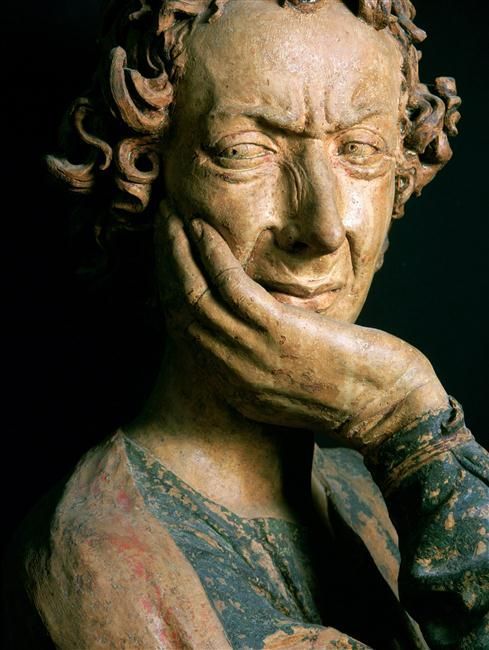
Niccolò dell’Arca 1435/1440-1494 (Lamentation Over the Dead Christ)
324 notes
·
View notes
Photo

“The more we are united to God, the fuller we are of love. Now, if God cannot know anguish Himself, He can and does commiserate ours; for to pity the wretched and to pardon the guilty is a thing peculiar to Him.”
– Bernard of Clairvaux
[Mary of Cleopas and Mary Magdalen from Lamentation Over the Dead Christ by Niccolò dell’Arca]
• Man of the century! Woman of the century! You see such terms applied to so many today...that the line no longer has any punch. But Western Europe’s “man of the twelfth century,” without doubt or controversy, had to be Bernard of Clairvaux. Adviser of popes, preacher of the Second Crusade, defender of the faith, healer of a schism, reformer of a monastic Order, Scripture scholar, theologian, and eloquent preacher: any one of these titles would distinguish an ordinary man. Yet Bernard was all of these—and he still retained a burning desire to return to the hidden monastic life of his younger days. More: https://www.franciscanmedia.org/saint-of-the-day/saint-bernard-of-clairvaux
• They are so incredibly contemporary in their expression of pain and torment that I suddenly felt overwhelmed by the universal and timeless grief they express. I have seen that pain, many of us have experienced it, we know what it means. The only peaceful figure is that of Christ who looks serenely asleep on a decorative scalloped coverlet. More: https://www.italymagazine.com/when-600-years-old-statues-can-move-you-tears
#niccolo dell'arca#bernard of clairvaux#st bernard#mary magdalene#grief#holy saturday#triduum#tomb#mourning#lamentation#sculpture#compassion#passion sunday#death
2 notes
·
View notes
Photo
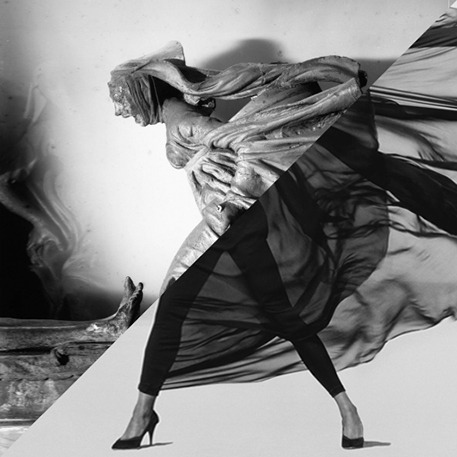
Niccolò dell’Arca, Compianto su Cristo Morto, Chiesa di Santa Maria della Vita, Bologna, Italy, 1463-1490 © Pietro Poppi
VS
Herb Ritts, Versace, Veiled Dress, El Mirage, 1990
#niccolò dell'arca#bologna#santa maria della vita#herb ritts#versace#fashion#haute couture#gianni versace#sculpture#terracotta#christ#lamentatio#art#renaissance#rinascimento#italy#italia#italian art#dress
61 notes
·
View notes
Text
SET SIXTEEN - ROUND ONE - MATCH SIX
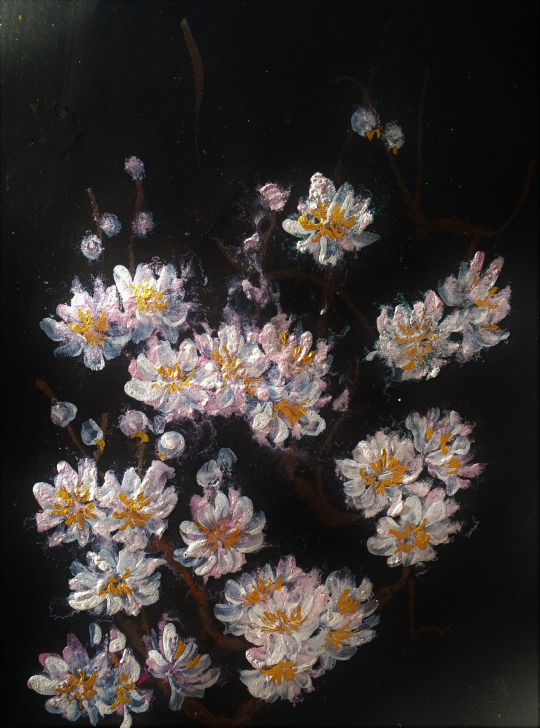
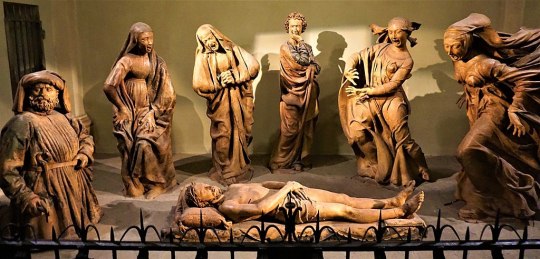
"Fairy Princesses" (2023 - Kate Havekost (@have-a-hygge)) / ”Lamentation over the Dead Christ” (1463 & 1490 - Niccolò dell’Arca)
FAIRY PRINCESSES: This beautifulll watercolour painting of double almond blossoms feels right up my alley somehow. For me it's one of those things that has that subjective element of "this is why art!" which I guess I mean to say I find the flowers and whole scene, beautiful in like.. the Most essential sense and so yeah I'm easily appreciative. idk man I like pretty things and good art!!! They do a lot of other great floral art but stumbling onto this I found memorable. Also I partially entered this because in revisiting, it seems the artist is really struggling right now and as of the time of writing, getting evicted very soon and needs help to fund the move so whatever the state is at the time of this poll, I hope you'll pretty please consider sharing them and showing them some support, of which they could especially use the legal/financial kind. thx! Back to your regularly scheduled battle of the arts!! (anonymous)
LAMENTATION OVER THE DEAD CHRIST: The Feeling: Terrible, gut-wrenching, nauseating sadness akin to the grief from the loss of a parent (or child), mixed with an equally terrible fear of the greatness of the Almighty, which leaves me sobbing whenever I look upon them for too long. After the sobbing, heaving catharsis there is the hope filled knowledge of the Resurrection and joy of the coming Kingdom of Heaven.
The Reason: Probably something innate within the soul from gazing upon (however hazy a reflection of) the Divine. (through-the-violets)
("Fairy Princesses" is a 2023 watercolor on black cotton paper piece by American artist Kate Havekos aka have-a-hygge. It measures 12"x 16" (30.5x40.6 cm), and is presumably owned by the artist.
”Lamentation over the Dead Christ” is a 1463 and 1490 terracotta piece spanning 7 life-sized figures done by Spanish sculptor Niccolò dell’Arca. It's currently located at the “Sanctuary of Santa Maria della Vita,” a Baroque church in Bologna, Italy.)
#art that fucks you up tournament#polls#atfyu polls#id in alt text#the artist of “fairy princesses” is in a bind with financial stuff rn so it would be great if any of you could chip in and help them out
25 notes
·
View notes